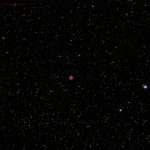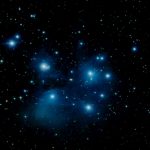A showcase of Astronomical Images taken by members and friends.

Comet C/2017 T2 Panstarrs 26/05/2020 2355h UTC. Taken with RASA 11" F2.2 using CCD QSI683. 10x30s subs. Comet passing galaxy IC2674 known as Coddingtons Nebula by Paul Bouchier

Picture saved with settings applied.

NGC7465 Galaxy Group. Meade SCT 14" F10, CCD QSI6162 10x120s subframes in Lum. Processed using PixInsight by Paul Bouchier

Picture saved with settings applied.

Geminid fireball taken on the 13/12/2022 with a 10s second exposure using an Occulus all sky camera by Paul Bouchier

NGC7139 Planetary nebula in Cepheus. Celestron RASA 11" CCD QSI683 120s x 10 subframes each in HA, SII, OIII by Paul Bouchier

NGC7000 North American Nebula. Cygnus Wall. Celestron RASA 11' f2.2 CCD QSI683 10x120s subs each in Ha, SII, OIII by Paul Bouchier

Picture saved with settings embedded.

Edge on galaxy NGC 4565 is located in Coma Berenices. 90mm refractor; x1.6 Barlow lens at f9; Starlight Xpress H18 B&W camera; filter wheel with red, green, blue and cls filters. Image by Paul Cannon

Picture saved with settings embedded.